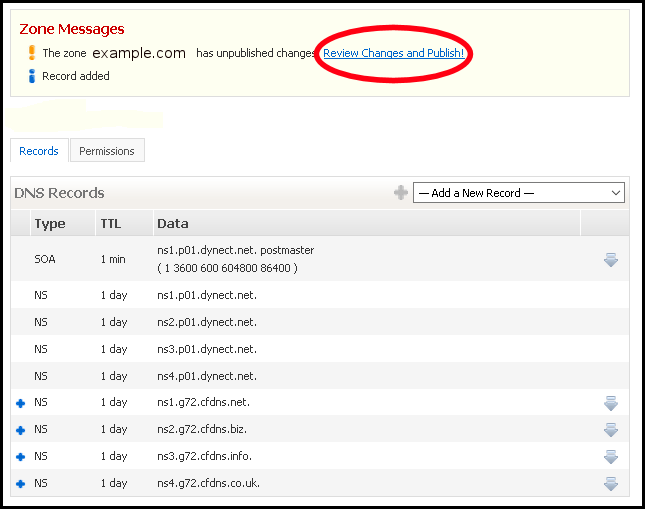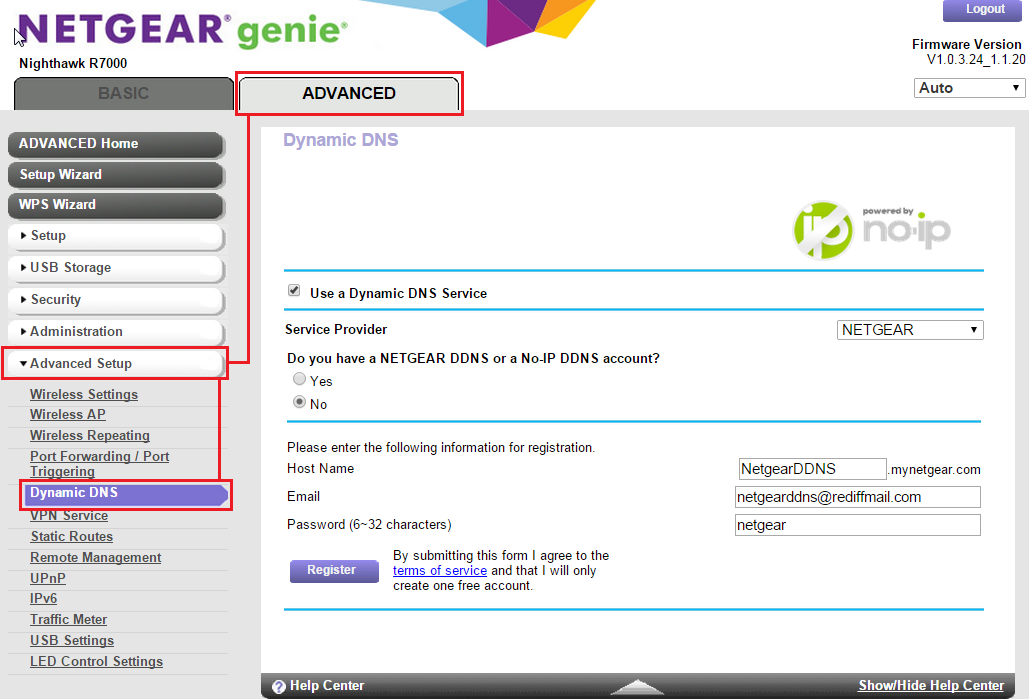

#Dyn updater dns addresses software
To configure your gateway or client software so that it contacts the Google name servers: Use the username and password created for the record.To view the username and password created for a record: Click View Credentials.To view the record values: Next to the record, click the triangle.The following are some other options to manage your Dynamic DNS: To assign a Dynamic IP, enter the name of the subdomain or root domain.Click Manage dynamic DNS Create new record.If “Custom name servers (Active)” is selected, you already have custom name servers and can't use Google Domains’ Dynamic DNS service.Select Default name servers Google Domains (Active).On your computer, sign in to Google Domains.Communicates the new address to the Google name servers.


Create an A or AAAA record for your domain or subdomain that makes the Google name servers expect a dynamic IP.If you set up Dynamic DNS with Google Domains, you can: To use Dynamic DNS, you must use the default name servers of Google Domains. Important: Dynamic DNS works with IPv4 and IPv6 addresses, but not at the same time.ĭynamic DNS allows you to direct your domain or a subdomain to a resource that's behind a gateway and has a dynamically assigned IP address. To complete the DNSSEC deactivation, Google Domains might unsign your DNS zone. After that change updates across the internet, your domain is no longer DNSSEC protected. When you turn off DNSSEC, Google Domains immediately unpublishes your domain’s DS records.For custom name servers, to remove your DNSSEC-related resource records from your zone, you can work with your DNS provider.For custom name servers: Next to each record, click Delete.For default name servers: Select Turn off.Values needed for custom name server DNSSEC When you turn on DNSSEC, Google Domains automatically signs your DNS zone and publishes your Delegation Signer (DS) records within 2 hours.If you choose not to wait for your DNSKEY records to be published, under “DNSSEC,“ expand the DNSSEC card and click Publish records now.To add multiple records at the same time, click Create new record.Enter the values given by your third-party DNS provider for custom name server DNSSEC or DNSKEY.For custom name servers: Click Manage DS records and enter the info from your DNS provider.If DNSSEC is already turned on, “DNSSEC enabled” is displayed. For default name servers: Click Turn on.Select either Default name servers or Custom name servers.
#Dyn updater dns addresses update
It can take up to 24 hours for the changes to update across the internet before DNSSEC is active. If you use the automatic DNSSEC setup of Google Domains, we handle both steps for you. To set up DNSSEC for your domain, you must add specific resource records to your DNS or signing zone and publish them for your domain. If you originally purchased your domain name from Google Domains, DNSSEC might already be set up for you.Some Top-level Domains (TLDs) accept DNS Public Key (DNSKEY) records instead of Delegation Signer (DS) records.


 0 kommentar(er)
0 kommentar(er)
